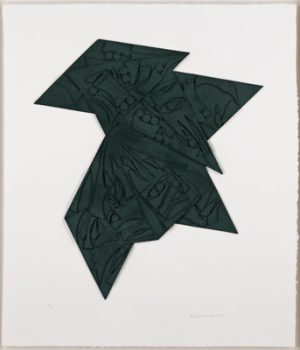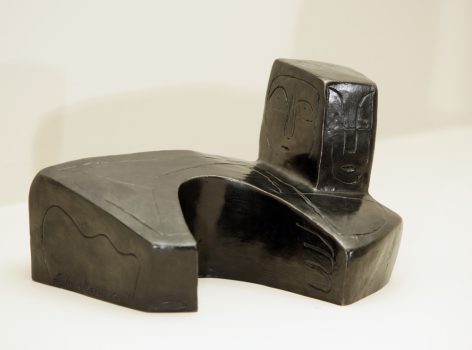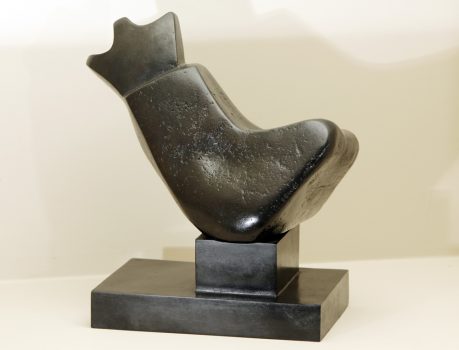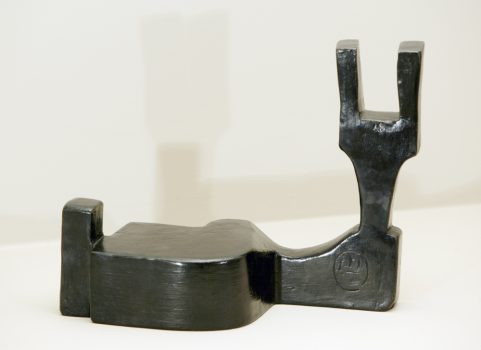

Although she earned no steady income from her sculpture until she was in her 60s, by the time of her death Louise Nevelson was considered “one of the world’s best-known artists.” As a child, Leah Berliawsky left Russia with her family to settle in Rockland, Maine. At six she played with scraps from her father’s lumberyard; by 10 she had decided to become a professional sculptor. In 1920 she married Charles Nevelson, a wealthy ship owner, and moved to New York City, where she spent the next decade studying painting at the Art Students League and pursuing her interest in the performing arts.
After a brief period spent living and studying in Europe, Nevelson resettled permanently in New York in 1932 and began concentrating on visual art. As early as 1936 her work was singled out by critics as noteworthy, and her first one-woman show was held in 1941. Nevelson moved from her early carved sculpture to her signature style in the late 1950s. She began scavenging bits of discarded wood from neighborhood streets, filling boxes with these found objects. She painted both the boxes and the objects black and constructed abstract compositions within each box, stacking them to form sculptural walls and environments through which spectators could walk. A 1958 exhibition of Nevelson’s all-black environments caused a sensation. However, it was with her room-size, all-white environment, Dawn’s Wedding Feast, exhibited in Sixteen Americans, a prestigious group show at the Museum of Modern Art in 1958-59, that Nevelson was “first recognized as a major artist.”
Nevelson’s reputation soared during the 1960s, when she represented the United States at the Venice Biennale and had her first important retrospective at the Whitney Museum of American Art. In subsequent years Nevelson received six honorary doctorates and continued to exhibit her work regularly in Europe and the United States.
www.nmwa.org



